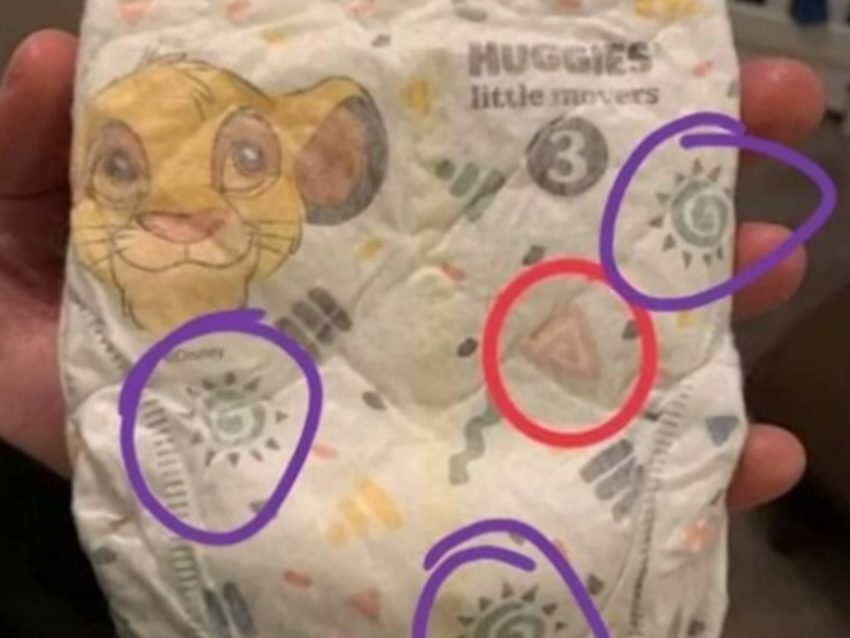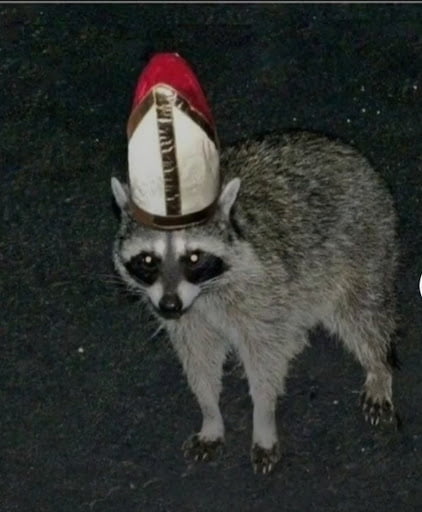THE DARKER SIDE OF DISNEY
We live in a world were we are surrounded by hidden messages and symbols… from the music we listen to, to what we watch, to the books we read. Is Disney hiding more than we know?
Many people, including myself, were raised on Disney. Even now, Disney continues to be popular. It’s seemingly innocent, perfect for teaching kids that princesses come in all shapes and sizes. However, not everything about Disney is all that innocent.
In 2019 Disney’s vice president, Michael Laney, was arrested on the basis of repeated sexual abuse involving a seven year old girl. Michael was 73 at the time of his arrest and had been working for Disney for decades. After his sentencing, others came forward to admit that they, too, had been abused by him. Unfortunately, there was not enough evidence to prove these claims.
Michael, however, is not the only Disney employee arrested for sexual abuse…or pedophilia.
In 2018, Disney actor Stormy Westmoreland was sentenced two years in prison for sex crimes with a minor. He was caught sending pornographic photos and attempting to lure a thirteen-year-old boy to a hotel with him.
Within the past year four Disney employees have been arrested during a human trafficking bust in Florida. This issue of pedophilia and sex abuse are not new problems. In fact, a six-month investigation in 2014 showed that at least thirty-five Disney employees have been arrested since 2006 (all on accounts of sex crimes involving children, attempting to lure minors in for sex, and for possession of child pornography).
Keep in mind that these are only the employees that have been caught. Though it can’t be proven, there are likely countless more child predators working for Disney because of its involvement and targeting of young audiences.
It’s not just the employees that should worry people, but the industry itself. Multiple Disney movies contain suggestive ideas, and even go as far as containing pedophilic symbols.
Investigations done by the Federal Bureau of Investigation have shown that pedophiles will use specific symbols to indicate sexual preferences and to ‘tag’ people.

In the movie Elena of Avalor, some characters covered in what many believe to be concerning symbols: for instance, Chief Zephyr and Ciela.
You can very clearly see the symbol for “Boy Love” on Chief Zephyr’s face, but Ciela’s symbol is much more subtle. She is covered in closed swirls but has one singular swirl that is not closed…making it a replica of the “Little Boy Lover” symbol.


These symbols may be coincidental, but Ciela having one different mark has been interpreted as being more purposeful than coincidental.
This is only one of many films that contains such symbolism. Disney incorporates and hides symbols again and again throughout different films. They are right in front of us without us even knowing. For instance, in the film The Mighty Ducks, Jesse Hall’s helmet contains not one, but two, symbols.
Further attempts at searching for additional symbols on the other characters in this movie were unsuccessful. Ultimately, it’s up to everyone to make their own opinion on the matter.


Another movie containing these symbols is the 1986 Disney film Flight Of The Navigator. The “Boy Love” symbol is found on the stairs leading to the ship.
These two photos are from a scene where the boy tells his parents goodbye. He says that he’s sorry, and that he loves them. Then he walks up the symbolized stairs and leaves.


There are countless more movies with hidden symbols of pedophilia; once viewers start searching for them, they come to realize how ubiquitous they are in films, toys, picture books, CDs, and even picture books.



Some Disney films even allude to child trafficking. Some view an example of this in Disney’s 1940 film Pinocchio. In the film, the coachman hires Honest John, a lying fox, to collect “stupid little boys” so he can take them to “Pleasure Island”. After telling John he takes them to Pleasure Island, John panics and says, “Pleasure Island?! But the law! suppose they–“. Then the coachman assures John that there’s no risk because “they never come back as boys”.
If that scene alone isn’t convincing enough to show that the film mimics sex trafficking and alludes to pedophilia, the rest of the film surely is.
Countless boys are taken to this island by the coachman who prays on their naivete. After arriving they are locked up, given substances such as drugs and alcohol, then put in cages. This is startlingly similar to countless reports of child trafficking: young children are taken, drugged, and locked away for multiple purposes.
Pinocchio, however, escapes the island by jumping off a cliff. Obviously he survives; however, this alludes to the idea that in many cases of child trafficking, the only escape is suicide.



Viewers can see all of this for themselves by watching unedited clips online.
Disney’s pedophilia and suggestive messages are hidden in plain sight and are consistently sprinkled throughout movies that are made for children. To take things one step further, I’d recommend you search up the age gaps between your favorite Disney princesses and their prince charming.
You’ll be surprised.
Many of the romantic relationships that can be found in Disney lore consist of an older man with a minor. Not all are great gaps in age, but they are still rather unsettling. For instance, Sleeping Beauty (allegedly 16) is paired with Prince Phillip (who is 20). Another example would be Jasmine (15 years old), and Aladdin (18 years old).
However, nothing beats Snow White, who is believed to be 14 years old when 31-year-old prince Florian kisses her sleeping form.
To give Disney the benefit of the doubt, each of these age gaps are justified assumptions, not official fact. Despite this, I do recommend digging through why these ages were assigned and make your opinion then. Personally, I found that many of the reasons given for why they are thought to be a specific age were strait forward and justified.
Whether you believe the age gaps assumed through context or not, it doesn’t change all the other ways Disney has subliminally (or directly) presented pedophilic symbols and concepts throughout their media output.
We are exposed to various symbolism throughout our lives, and even everyday life. it’s only a matter of seeing it. Is Disney truly an innocent film industry for children? Or is there more to it? Are they only trying to desensitize us to these symbols? Or is there a different reason behind putting them throughout films?
That’s the true question. So the next time you watch a Disney film, keep an eye out. You might find a symbol that could be accidental, or maybe a symbol that has a darker message.

"Whenever I'm about to do something I think 'would an idiot do that?' And if they would, I do not do that thing" - Dwight (The...








